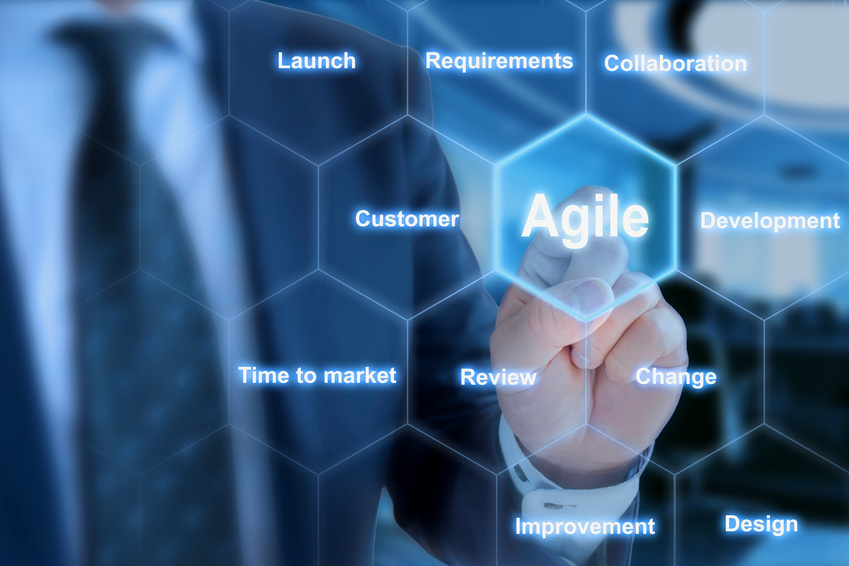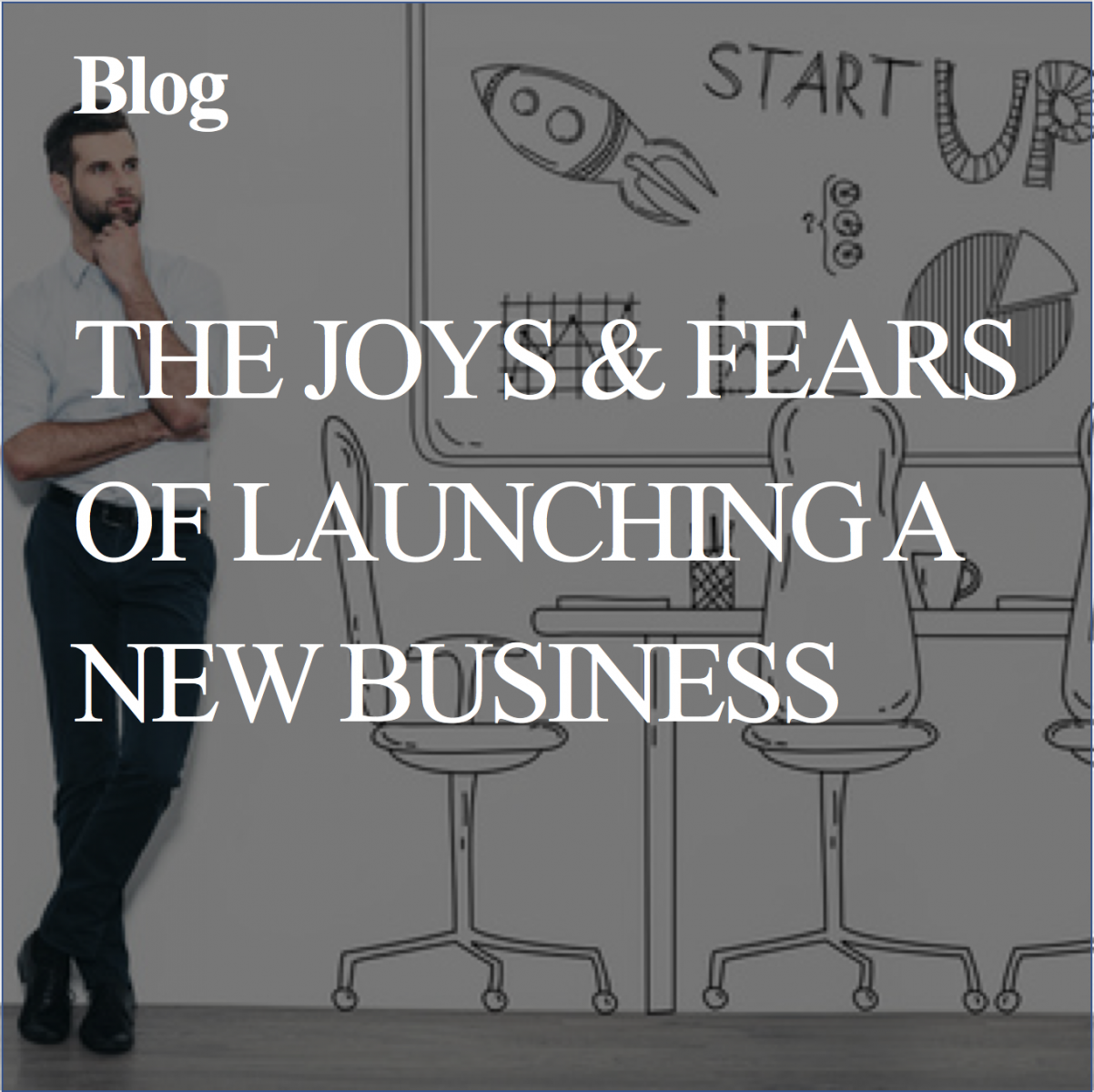
The end of the competitive advantage
There was a time when having a competitive advantage was really important. Organizations looked for one, made detailed budget plans about maintaining it and organized the whole company around delivering that competitive advantage (through a product or service).
After a couple of years, new needs would push the organization to look for a new competitive advantage. A new detailed plan was made, along with a new organizational structure. We would go through a big change management project to implement it, and the organization would be “stable” again for a couple of years. Everyone in the organization had the time to adjust to the big change coming from that new competitive advantage.
Then the need to find a new competitive advantage came sooner and sooner.
Organizations went from one change management project to another. People didn’t have time to adapt to the new situation before the next change was upon them, and the next one and the next. The result? Too many things to do, processes that change all the time, job descriptions that are already outdated when approved, a lack of clarity about what to do—and chaos.
That was what I went through with my previous organization. And why? Because we have come to the end of the competitive advantage as we knew it.
With access to so many new technologies, most markets now have low barriers of entry. Competitive advantages are copied rapidly, making it necessary to quickly find a new one if we still operate in that paradigm. But new information coming from new technologies, new regulations or new customer demands also requires constant new competitive advantages.
What can we do instead?
Many customers are confused today. It is not “Where can I find this product?” anymore. It has become “There is so much choice, I don’t know what I should choose.” That shift has made the customer more demanding but also more bewildered. That’s why it’s not about delivering the product or service with the best competitive advantage anymore, but rather about delivering the best possible experience for the customer.
Of course, the product still matters—but the emotional experience around the product matters even more. When we take a customer by the hand and deliver the personal transformation he or she wants, we win.
But that requires knowing the customer very well, having a new culture and mindset, using new business techniques and organizing our company around the customer instead of around functions.
Want to receive our weekly blog, events or free Masterclasses? Let us know here.









